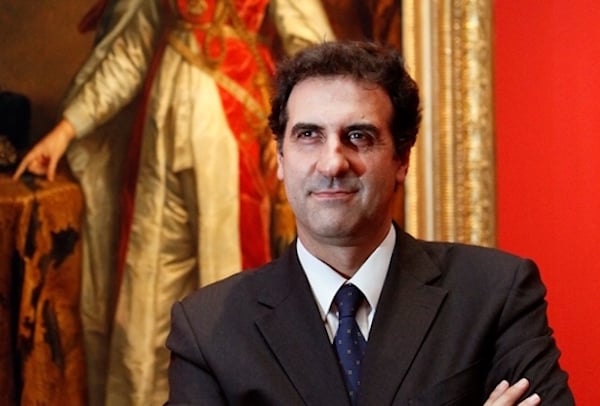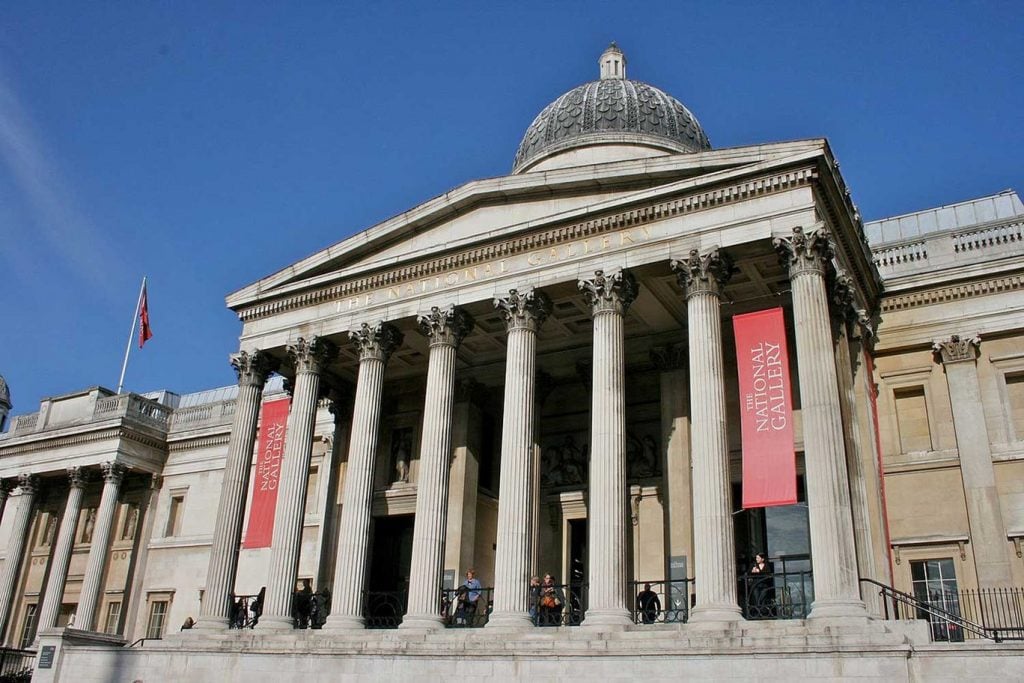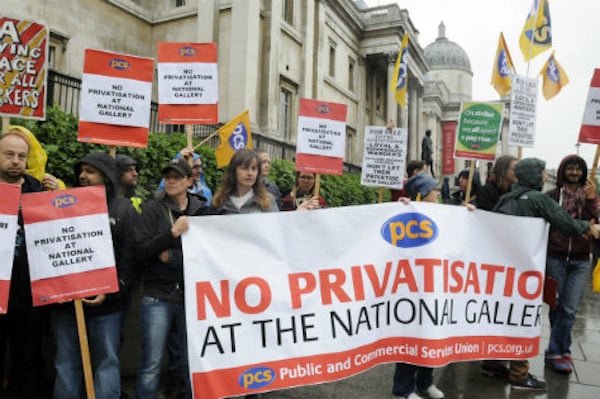Art World
National Gallery’s Plan to Modernize Collection Could Clash With Tate
Director Gabriele Finaldi wants to exhibit Picasso.

Photo: Sergio Enriquez-Nistal, Courtesy The National Gallery.
Director Gabriele Finaldi wants to exhibit Picasso.

Lorena Muñoz-Alonso

Gabriele Finaldi, the director of London’s National Gallery, has sent shock waves through the UK’s museum world by announcing his plans to expand the focus of the museum’s exhibitions and collections, which could jeopardize the existing agreements between the museum and Tate.
In an interview with the Art Newspaper, Finaldi spoke about his plans for the future, which include bolstering the National Gallery’s exhibition spaces and programs but also, crucially, extending its acquisitions remit to include paintings from the first decades of the 20th century, maybe even up to the World War II era. (Pablo Picasso should be shown at the National Gallery, Finaldi told TAN.)
While Finaldi’s pitch seems like an exciting and more-than-reasonable development, it could in fact compromise the museum’s long-standing agreement with Tate. According to TAN, the last agreement, ratified in 1996, marked the division line between their collections at circa 1900.
“The understanding we have with Tate is that we can move into the 20th century, although works of art that are more avant-garde or abstract are more the province of Tate,” Finaldi told TAN.

The National Gallery in London in 2009. Photo by Mike Peel, Creative Commons.
For the moment, Tate seems to be open to new arrangements. “It is not and has never been the case that 1900 is an absolute cut-off date. We are always in discussion about any plans to show work which crosses over into earlier or later periods,” a Tate spokesman told the Independent.
“We are […] having an interesting discussion with Tate about how our collections ‘meet’,” Finaldi revealed in the interview. “As time moves on, 1900 seems increasingly remote and less related to how we think about periods of history and art history. In artistic terms, nothing very special happens in 1900, but the 1880s and 90s are a remarkably fertile period that push forward new modes of expression, with Cubism very soon afterwards. It is slightly frustrating to reach 1900 and then not go on.”

National Gallery staff strikes at the doors of the museum last year.
Photo: Courtesy PCS.
In just over six months, Finaldi has proved to be a keen innovator as well as a smooth negotiator, and expectations are mounting regarding what direction will Finaldi steer the National Gallery towards.
When Finaldi took up the helm of the museum in August last year, the first major hurdle he had to overcome was solving the ongoing dispute between management and staff over the privatization of its visitor and security services, which triggered an indefinite strike.
What Finaldi’s predecessor, Nicholas Penny, hadn’t managed to solve during the last year before his departure, Finaldi swiftly accomplished in just a couple of months.
Born in London in 1965 to an Italian family, Finaldi was already well versed in the workings of the National Gallery when he became his director, as he had previously served as curator of Italian and Spanish painting at the institution for 10 years, starting in 1992.
In 2002, he was hired by the Museo del Prado in Madrid, where he worked for over 13 years on the organization and conservation of the museum’s vast permanent collection.